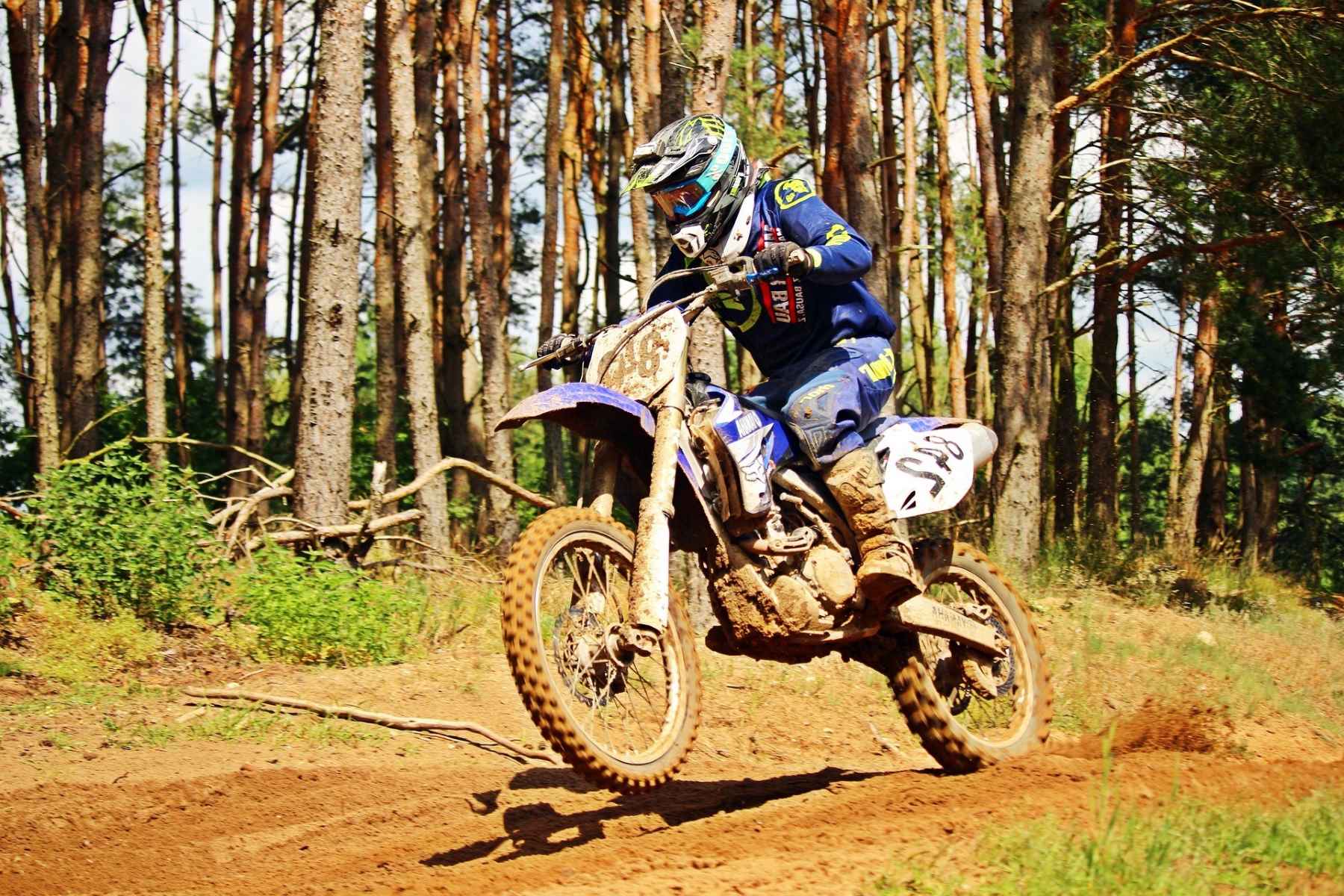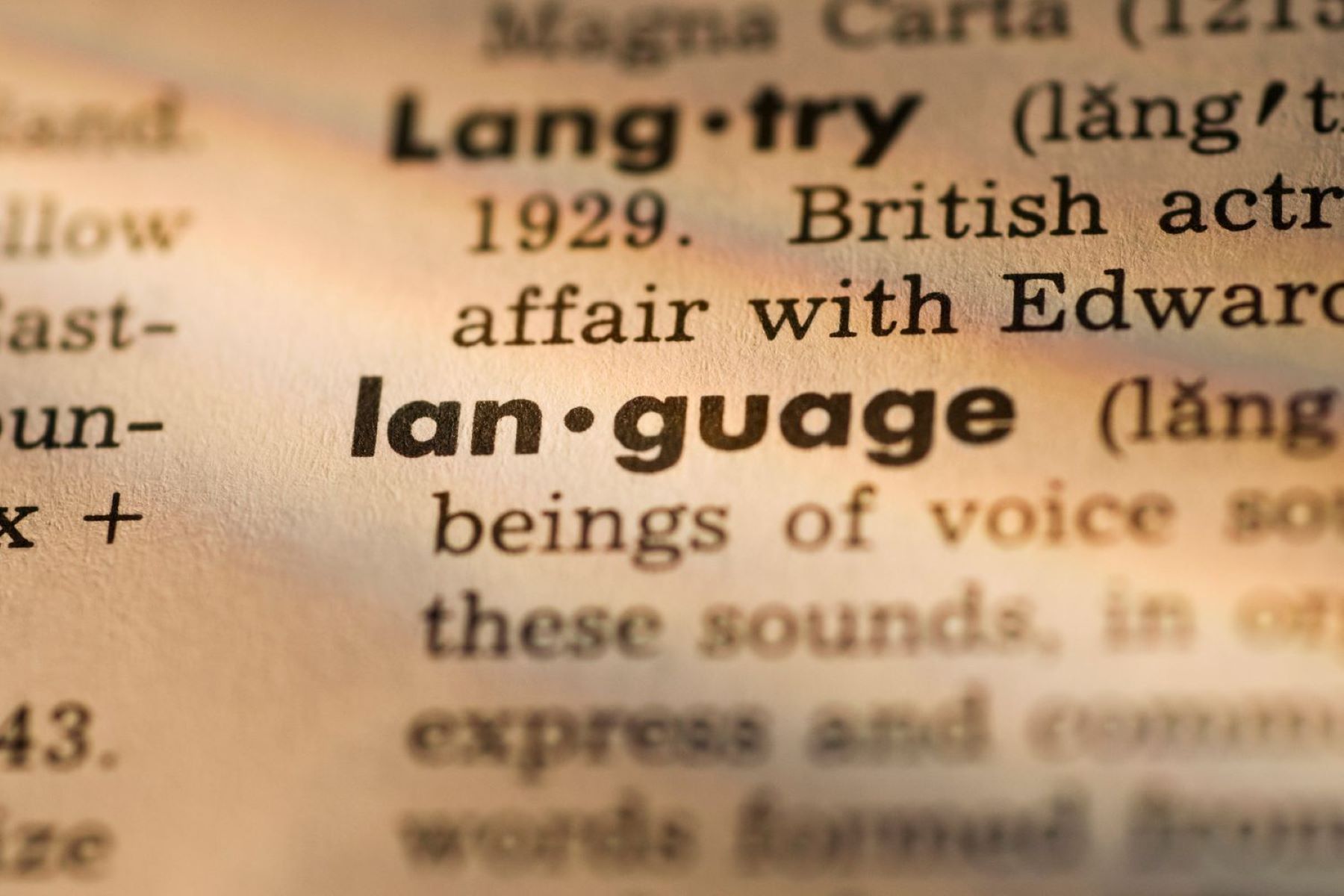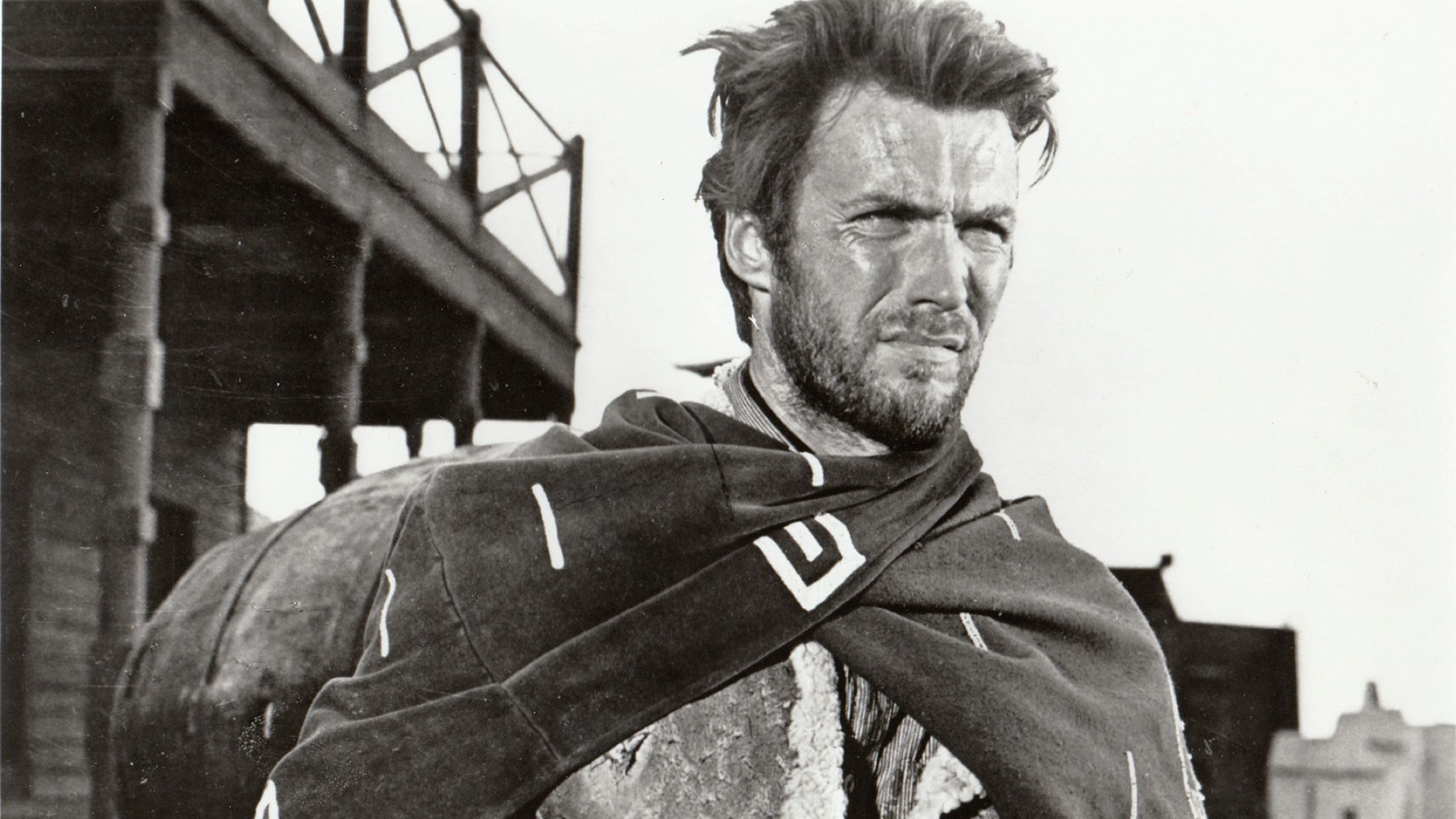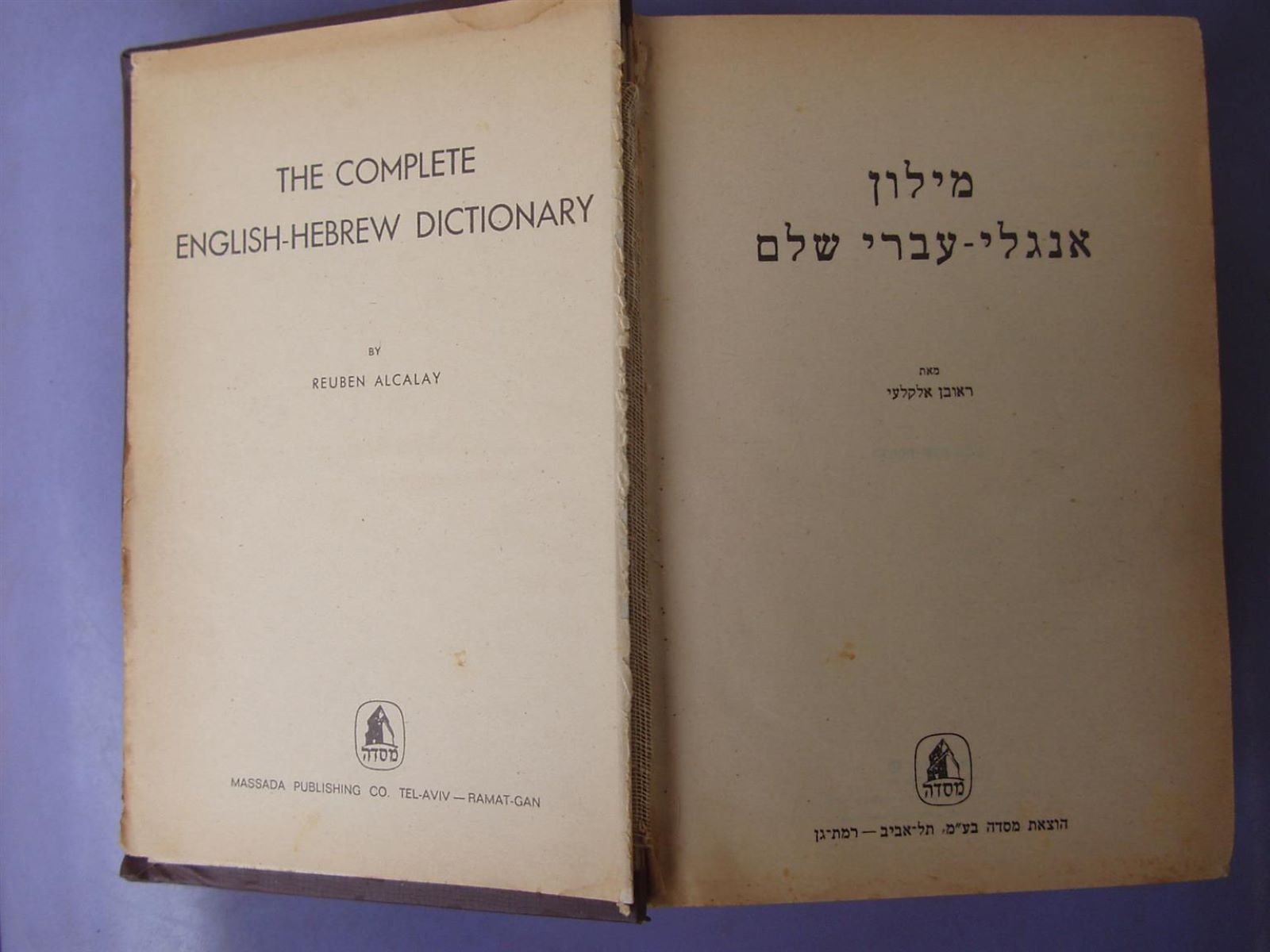Home>Sports>The Surprising Contrasts Between Western And English Riding
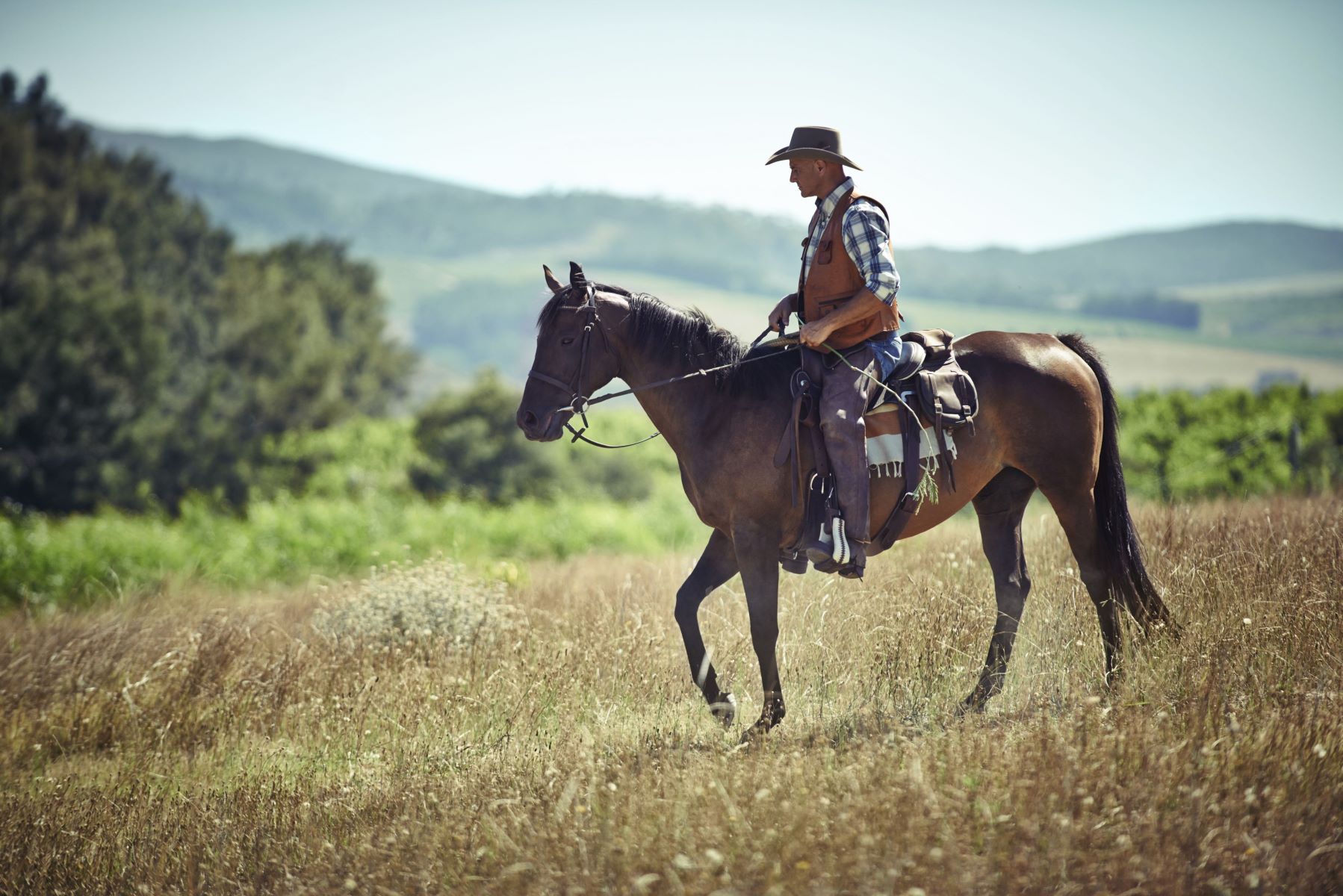

Sports
The Surprising Contrasts Between Western And English Riding
Published: January 14, 2024
Discover the key differences between Western and English riding in this insightful comparison. Explore the unique aspects of each style and find out which one suits you best. Learn more about sports riding now!
(Many of the links in this article redirect to a specific reviewed product. Your purchase of these products through affiliate links helps to generate commission for Regretless.com, at no extra cost. Learn more)
Table of Contents
Introduction
Horseback riding is a timeless and beloved activity that has captivated people across the globe for centuries. It is an art form, a sport, and a way of life that has evolved into various styles and disciplines, each with its own unique characteristics and techniques. Two of the most prominent and contrasting styles of horseback riding are Western and English riding. While both share the common foundation of horse and rider working in harmony, their approaches, equipment, and traditions differ significantly.
The world of equestrianism is a rich tapestry woven with diversity, and the dichotomy between Western and English riding serves as a testament to this. From the attire and equipment to the riding techniques and disciplines, the disparities between these two styles are not only fascinating but also deeply rooted in tradition and history. Understanding the nuances and contrasts between Western and English riding provides a profound insight into the rich tapestry of equestrian culture.
As we delve into the captivating realm of horseback riding, we will embark on a journey to unravel the intriguing disparities between Western and English riding. By exploring their history, equipment, riding techniques, and competitions, we will gain a comprehensive understanding of these two distinct yet equally captivating equestrian disciplines. Let's saddle up and embark on this enlightening exploration of the surprising contrasts between Western and English riding.
History and Origins
The history and origins of Western and English riding are deeply rooted in tradition and culture, reflecting the diverse landscapes and lifestyles of the regions where they emerged.
Western Riding:
Western riding traces its origins to the horseback traditions of the American West, where it was shaped by the needs of cattle ranchers, cowboys, and Native American riders. The roots of Western riding can be traced back to the Spanish vaqueros who brought their horsemanship skills to the New World. These early horsemen developed the techniques and equipment that would become synonymous with Western riding, including the iconic Western saddle with its prominent horn and deep seat, designed to provide stability during long days of herding cattle across rugged terrain.
The evolution of Western riding was also influenced by the introduction of horses to the Americas by Spanish conquistadors in the 16th century. The merging of Spanish horsemanship traditions with the practical demands of ranch work in the American West gave rise to the distinctive style of Western riding we know today.
English Riding:
In contrast, the origins of English riding can be traced back to Europe, particularly to the military traditions of ancient civilizations such as the Greeks and Romans. The disciplined and formal nature of English riding reflects its historical association with cavalry and aristocracy. The development of English riding techniques and attire was influenced by the need for precision, agility, and grace in both military maneuvers and recreational pursuits.
The modern form of English riding took shape in Great Britain, where it became closely intertwined with the equestrian sports of show jumping, dressage, and eventing. The refinement and elegance of English riding are epitomized by the close contact saddle, which allows for subtle communication between horse and rider, as well as the emphasis on finesse and subtlety in guiding the horse's movements.
The contrasting histories and origins of Western and English riding have contributed to the distinct characteristics and traditions that define each style. While Western riding embodies the rugged spirit of the American frontier, English riding exudes the refinement and precision associated with European equestrian traditions.
This historical backdrop sets the stage for the captivating contrasts that continue to shape Western and English riding today.
Equipment and Attire
The equipment and attire used in Western and English riding are emblematic of the distinct traditions and practical needs that have shaped each style.
Western Riding:
Western riding is characterized by its iconic saddle, which differs significantly from the close contact saddle used in English riding. The Western saddle features a prominent horn at the front, originally designed to secure the lariat when roping cattle. Its deep seat and high cantle provide stability and support during long hours of riding over rough terrain. Additionally, the saddle's large, decorative pommel and stirrups with wide treads further differentiate it from its English counterpart.
Complementing the Western saddle is the bridle, often adorned with decorative elements such as silver conchos and intricate tooling. The use of a curb bit, which applies pressure to the horse's chin and bars of the mouth, is a defining feature of Western riding tack, reflecting the emphasis on neck reining and subtle communication between horse and rider.
In terms of attire, Western riders favor practical and durable clothing suited for ranch work and outdoor activities. This includes cowboy boots with a distinct heel to prevent the foot from slipping through the stirrup, as well as wide-brimmed hats to shield from the sun and elements. Traditional Western attire often incorporates elements of cowboy fashion, such as denim jeans, button-up shirts, and leather chaps for added protection while working with livestock.
English Riding:
In contrast, English riding is characterized by its close contact saddle, which allows for a closer and more direct connection between the rider and the horse. The absence of a horn and the flatter seat of the English saddle facilitate a closer leg position and greater freedom of movement, aligning with the emphasis on subtle cues and precise aids in English riding.
The bridle used in English riding typically features a snaffle bit, which applies direct pressure to the horse's mouth, allowing for refined communication and precise control. The absence of a curb bit reflects the nuanced and delicate nature of the aids used in English riding, emphasizing lightness and subtlety in guiding the horse's movements.
English riding attire is tailored for a polished and formal appearance, reflecting the discipline's historical association with aristocracy and cavalry. Riders don tailored riding jackets, breeches, and tall boots, embodying a sense of elegance and tradition. The use of a protective helmet is also a fundamental aspect of English riding attire, prioritizing safety and adherence to modern equestrian standards.
The contrasting equipment and attire of Western and English riding reflect the divergent historical, cultural, and practical influences that have shaped each style. From the rugged functionality of Western tack to the refined elegance of English riding attire, these distinctive elements contribute to the rich tapestry of equestrian traditions and serve as a testament to the enduring legacy of Western and English riding.
Riding Techniques
The riding techniques in Western and English riding are as distinct as the equipment and attire that define each style. These techniques are deeply rooted in tradition and serve as a testament to the diverse historical and cultural influences that have shaped Western and English riding.
Western Riding:
Western riding emphasizes a relaxed and balanced seat, reflecting the practical demands of working with livestock in the wide-open spaces of the American West. Riders adopt a deep and secure seat in the saddle, allowing for stability and control during maneuvers such as roping, cutting, and ranch work. The emphasis on a deep seat aligns with the need for stability and security when navigating rugged terrain and handling cattle.
One of the defining features of Western riding techniques is the use of neck reining, where the rider guides the horse using subtle cues from one hand while maintaining a loose rein with the other. This method of communication allows for precise control and maneuverability, reflecting the practical needs of cattle ranching and the historical traditions of the vaqueros.
Additionally, Western riders utilize a distinct set of cues and aids to communicate with their horses. The use of leg pressure, seat cues, and subtle shifts in weight are essential elements of Western riding techniques, enabling riders to guide their horses with precision and finesse. The emphasis on clear and deliberate cues reflects the partnership and trust that is central to the bond between horse and rider in Western riding.
English Riding:
In contrast, English riding techniques are characterized by a close and balanced seat, reflecting the discipline's historical association with precision, agility, and grace. Riders adopt a more upright and forward position in the saddle, allowing for a close and harmonious connection with the horse. The emphasis on a balanced and centered seat aligns with the need for subtlety and precision in guiding the horse's movements in disciplines such as dressage and show jumping.
One of the defining features of English riding techniques is the use of direct rein aids, where the rider communicates with the horse through precise and subtle movements of the hands. This method of communication allows for nuanced control and refinement, reflecting the emphasis on finesse and subtlety in guiding the horse's responses.
Additionally, English riders employ a refined set of leg aids, seat cues, and weight shifts to communicate with their horses. The use of these subtle and deliberate aids enables riders to convey precise instructions and encourage the horse's responsiveness, reflecting the disciplined and harmonious partnership between horse and rider in English riding.
The contrasting riding techniques in Western and English riding reflect the diverse historical, cultural, and practical influences that have shaped each style. From the relaxed and practical approach of Western riding to the disciplined and precise techniques of English riding, these contrasting methods serve as a testament to the rich tapestry of equestrian traditions and the enduring legacy of Western and English riding.
Contact and Communication with the Horse
Contact and communication with the horse are fundamental aspects of both Western and English riding, reflecting the deep bond and partnership between rider and equine companion. The methods of contact and communication in each style are shaped by historical, cultural, and practical considerations, embodying the unique traditions and philosophies of Western and English riding.
In Western riding, the concept of contact and communication with the horse is rooted in the practical demands of ranch work and cattle handling. Riders maintain a gentle yet consistent contact with the horse through the reins, using subtle cues and shifts in weight to guide and direct the horse's movements. The emphasis on neck reining allows for precise communication with minimal rein contact, reflecting the need for agility and responsiveness when working with livestock in open spaces. Additionally, the use of leg pressure and seat cues enables Western riders to convey nuanced instructions and maintain a harmonious connection with their horses. This approach to contact and communication embodies the partnership and trust that is central to the bond between horse and rider in Western riding.
In contrast, English riding places a strong emphasis on refined and subtle communication with the horse, reflecting the discipline's historical association with precision and elegance. Riders maintain light and consistent contact with the horse's mouth through the reins, using delicate hand movements to convey precise instructions and encourage the horse's responsiveness. The concept of contact in English riding is characterized by the use of direct rein aids, allowing for subtle and nuanced communication that aligns with the need for precision and finesse in disciplines such as dressage and show jumping. Furthermore, the use of leg aids, seat cues, and weight shifts enables English riders to establish a harmonious and balanced connection with their horses, fostering a partnership built on trust and mutual understanding.
The contrasting approaches to contact and communication with the horse in Western and English riding reflect the diverse historical, cultural, and practical influences that have shaped each style. From the practical and responsive nature of Western riding to the refined and precise communication of English riding, these contrasting methods embody the rich tapestry of equestrian traditions and the enduring legacy of Western and English riding.
Disciplines and Competitions
The world of equestrianism encompasses a diverse array of disciplines and competitions, each with its own unique set of challenges, traditions, and technical demands. Western and English riding each have a rich tapestry of disciplines and competitions that showcase the versatility and skill of horse and rider. These competitions provide a platform for riders to demonstrate their expertise, athleticism, and the deep bond they share with their equine partners.
Western Riding Disciplines and Competitions
Western riding is synonymous with the rugged spirit of the American West, and its disciplines and competitions reflect the practical demands and traditions of ranch work and cattle handling. One of the most iconic Western riding events is the rodeo, a thrilling showcase of skill and bravery that includes events such as bull riding, barrel racing, and roping competitions. These events highlight the agility, speed, and precision of both horse and rider, embodying the rich heritage of Western horsemanship.
In addition to rodeo events, Western riding encompasses disciplines such as reining, cutting, and ranch horse competitions. Reining showcases the precision and athleticism of the horse as it performs intricate patterns of spins, slides, and stops, demonstrating the harmony and responsiveness between horse and rider. Cutting competitions highlight the horse's ability to separate a single animal from a herd, showcasing the agility and instinctive prowess of the equine athlete. Ranch horse competitions encompass a variety of tasks such as working cattle, trail riding, and reining patterns, emphasizing the versatility and practicality of the Western-trained horse.
English Riding Disciplines and Competitions
English riding is renowned for its elegance, precision, and discipline, and its disciplines and competitions encompass a wide range of events that showcase the grace and athleticism of horse and rider. One of the most esteemed English riding disciplines is dressage, often referred to as "horse ballet," where horse and rider perform a series of intricate movements with precision and grace. Dressage competitions emphasize the harmony, suppleness, and obedience of the horse, showcasing the culmination of years of training and partnership.
Show jumping is another prominent English riding discipline, featuring courses of colorful obstacles that challenge both the horse's athleticism and the rider's skill and strategy. Show jumping competitions captivate audiences with their thrilling displays of speed, agility, and precision, as horse and rider navigate challenging courses with finesse and bravery. Eventing, a demanding and exhilarating discipline, combines the elements of dressage, cross-country jumping, and stadium jumping, testing the versatility and courage of horse and rider across multiple phases of competition.
The diverse disciplines and competitions within Western and English riding exemplify the breadth and depth of equestrian sports, each showcasing the unique qualities and capabilities of the horse and rider partnership. These events not only celebrate the athleticism and skill of participants but also honor the rich traditions and heritage of Western and English riding.
The captivating world of equestrian disciplines and competitions continues to inspire riders and enthusiasts, fostering a deep appreciation for the timeless partnership between horse and rider that defines Western and English riding.
Conclusion
In conclusion, the contrasts between Western and English riding reflect the rich tapestry of equestrian traditions, each style embodying a unique blend of history, culture, and practicality. From the rugged spirit of Western riding, shaped by the traditions of the American West and the practical demands of ranch work, to the refined elegance of English riding, steeped in the traditions of European horsemanship and precision, the dichotomy between these two styles is both captivating and enduring.
The historical origins of Western and English riding have left an indelible mark on the equipment, attire, and techniques associated with each style. The iconic Western saddle with its prominent horn and deep seat stands in stark contrast to the close contact saddle favored in English riding, reflecting the divergent needs and traditions that have shaped these disciplines. Similarly, the practical and durable attire of Western riders mirrors the polished and formal attire of English riders, each embodying the unique ethos of their respective traditions.
The riding techniques and methods of contact and communication with the horse further underscore the contrasts between Western and English riding. The relaxed and practical approach of Western riding techniques aligns with the demands of ranch work and cattle handling, while the disciplined and precise techniques of English riding reflect the historical association with precision and elegance. The nuanced methods of communication and subtle cues used in each style highlight the deep bond and partnership between horse and rider, serving as a testament to the enduring legacy of Western and English riding.
Furthermore, the diverse array of disciplines and competitions within Western and English riding showcases the versatility and athleticism of horse and rider. From the thrilling displays of speed and agility in rodeo events to the graceful precision of dressage and show jumping, these competitions celebrate the unique qualities and capabilities of the horse and rider partnership, honoring the rich traditions and heritage of Western and English riding.
In essence, the surprising contrasts between Western and English riding offer a profound insight into the captivating world of equestrianism, where tradition, culture, and practicality converge to create two distinct yet equally captivating styles. As riders and enthusiasts continue to embrace the timeless partnership between horse and rider, the enduring legacy of Western and English riding will continue to inspire and captivate generations to come.


